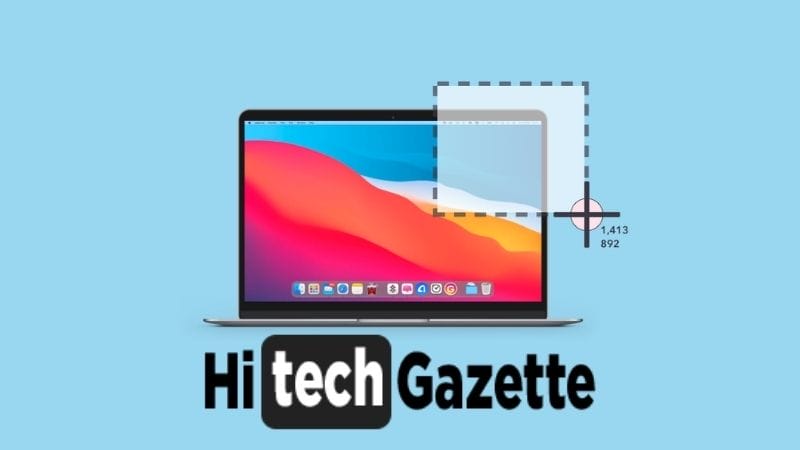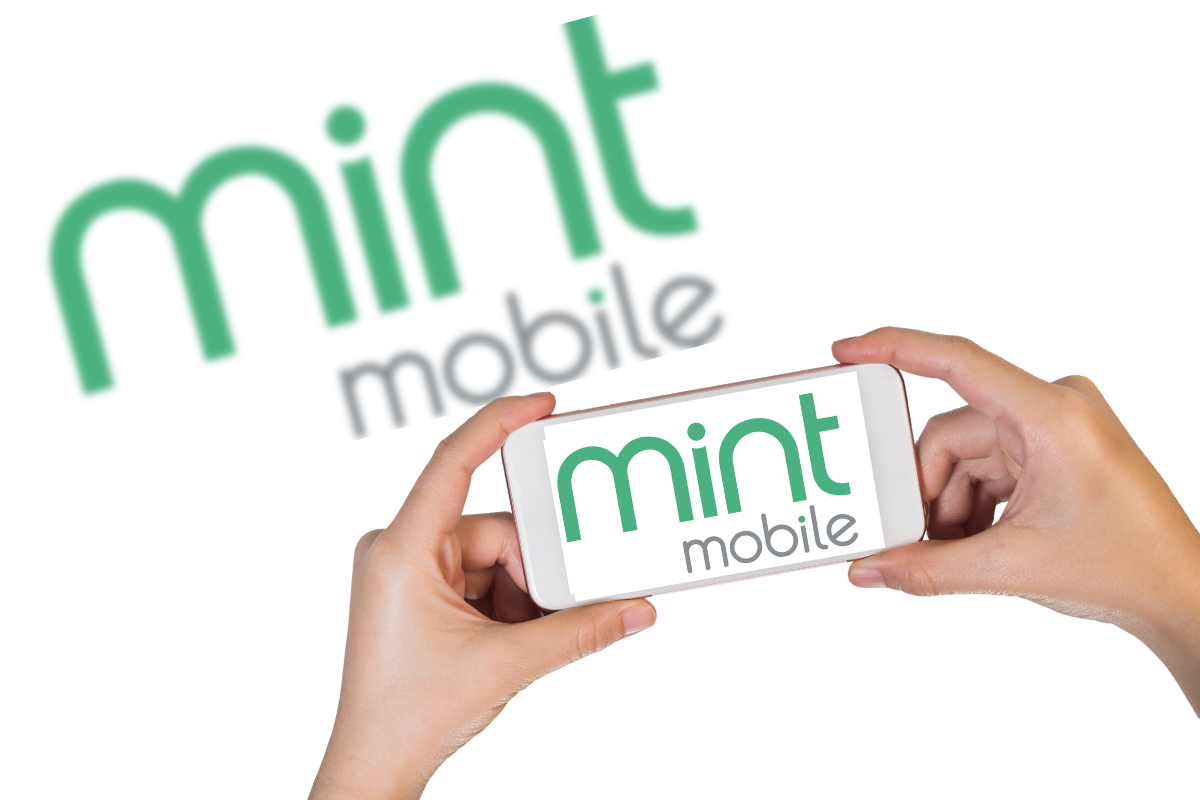Whenever I’ve to reinstall Windows or switch it up with some of the popular linux distros, Rufus is the first tool that comes to my mind?
Do you wanna know WHY?
Cause it makes my life easier.
All I’ve to do is select the required .iso file and installation path, Rufus will make the storage device bootable.
That’s awesome. Isn’t it?
Sadly, you can’t say the same when doing the opposite,
What I mean to say is, you can encounter unknown errors when using Rufus for Mac.
So, in this article, I will explore the best alternatives to Rufus for mac users!
Etcher
Etcher is a free, open-source SD card writer for Windows, Mac, and Linux. Etcher is an application that writes images to SD cards.
Etcher is a cross-platform tool that allows you to easily burn your SD card for a wide variety of operating systems. You can use it on Windows, Linux or macOS with no problems at all.
PowerISO
In this section, we’ll be taking a look at PowerISO. PowerISO is a powerful tool that can be used to create and edit ISO files.
This is useful for adding or removing files from an ISO file before you burn it to disc, as well as making copies of your original disc so that you don’t have to worry about losing your data if something happens to your original copy.
To get started with PowerISO:
- Download and install it by clicking here.
- Open the application once installed by double-clicking its icon on your desktop or in Applications/Utilities folder.
- Click the “Create” button in the toolbar at top left within the main window of PowerISO (if this doesn’t work at first try rebooting). Next click “Disc Image File (*iso)” then select where you want it saved on your computer’s hard drive and name it whatever you want (you can use any name but keep track of which one has what info so not all discs say “Untitled”). Finally choose whether or not encryption should be used, enable compression options if desired, select an output format from dropdown menu choices available under Additional Options section and finally click Save As!
Win32 Disk Imager
Win32 Disk Imager is a free tool that can be used to create bootable USB drives from ISO files. It’s a simple tool and will let you easily make your own bootable USBs for Windows or Linux, but it also works on Mac computers as well!
In order to use Win32 Disk Imager, you first need an ISO image of the operating system that you want to install. Then all you need to do is double-click on the program file (which will open it) and select your ISO file from the dropdown menu under “Device name”.
Once selected, click Write in order to create your bootable USB drive with this operating system loaded onto it!
Boot Camp for Macs
Boot Camp is a free program that comes with your Mac. It allows you to run Windows on your Mac, and it’s a very easy process.
The only downside of Boot Camp is that you will have to purchase a Windows license if you want to use the full version of Windows, but there are plenty of ways around this if you don’t want the full version.
If speed is important to you and having complete control over what programs are installed in Windows is not as important, then Boot Camp might be for you!
Unibeast
Unibeast is a tool that can be used to create bootable USB drives for OS X, Windows, Linux, and UEFI. It can also create a bootable drive for a USB drive or an SD card.
Therefore making it an excellent alternative to Rufus if you want to install your operating system on another type of media than just USB drives.
DiskMakerX
DiskMakerX is a free, open-source application that will let you create bootable drives for macOS, Windows, and Linux. The app supports the creation of both USB drives and SD cards and can be used to create UEFI-enabled bootable media.
Using DiskMakerX is very easy: just download it from the developer’s website and run it.
You’ll be prompted to select a source file (like an ISO), choose where to save your new bootable drive (USB/SD card), pick an identifier name (which will appear in Disk Utility), choose which partition scheme to use (MBR or GPT), set up encryption if desired, select whether or not to allow Macs running High Sierra or older versions of macOS access—and then click “Create.”
That’s it!
XBOOT
XBoot is a very popular and free alternative to Rufus. It’s an open source tool that’s easy to use, portable and available on Windows, Linux and Mac OS X. Unlike Rufus, XBoot isn’t in the Mac App Store because it’s a command line tool.
Also unlike Rufus, XBoot hasn’t yet become very popular with users; it has far fewer reviews than Rufus does on both their official website as well as at CNET (where I usually find my reviews).
Ventoy
Ventoy is a free and open source tool for creating bootable USB drives for Windows and Linux. It was developed by four students from the University of Bologna, Italy, who wanted to create an alternative to Rufus. Ventoy is a GUI tool with a simple interface and can do everything that Rufus can do.
Ventoy can create bootable USB drives from ISO images or directly from an existing Linux distribution installed on your computer without touching the hard drive. In addition, it also allows you to check the integrity of downloaded ISO images (md5 checksum).
Virtual Machine
Booting with a virtual machine is another great way to test out new operating systems. Virtual machines allow you to run a computer as if it were an operating system on your own computer, without having to actually install an entirely separate OS. This allows for a more realistic experience of what it would be like to use the OS and gives you more freedom when testing things out.
However, using a virtual machine has its downsides: it’s not as fast as using real hardware and can be difficult to set up. Before going through this process, make sure that your computer has enough resources available (RAM).
If not, consider upgrading or switching to another method of testing out different operating systems like Booting from USB or creating an image of your hard drive before proceeding with this method.
So that if something goes wrong during setup with the virtual machine software there isn’t any permanent damage done by corrupting files on your hard drive.
Final Words
Rufus is a great tool and there are many alternatives available to use on your mac. The main thing that separates Rufus from these alternatives is its simplicity. It’s easy to run, it doesn’t require much setup or configuration, and it’s easy-to-use.
I hope one day using Rufus on mac will be as smooth as using it on a Windows or a linux machine.
That’s all for now.
I know how frustrating it can be when your favorite software doesn’t work on a new operating system.
So, with the help of these Rufus for mac alternatives, you can reinstall macOS to fix some common issues.



